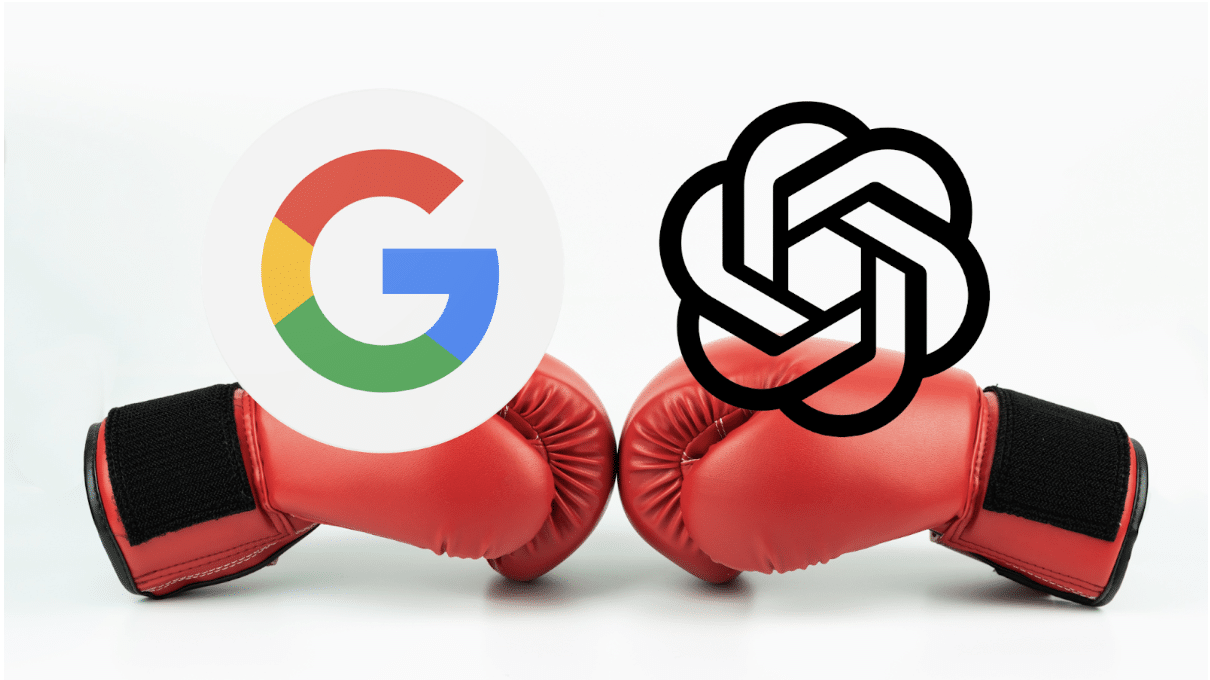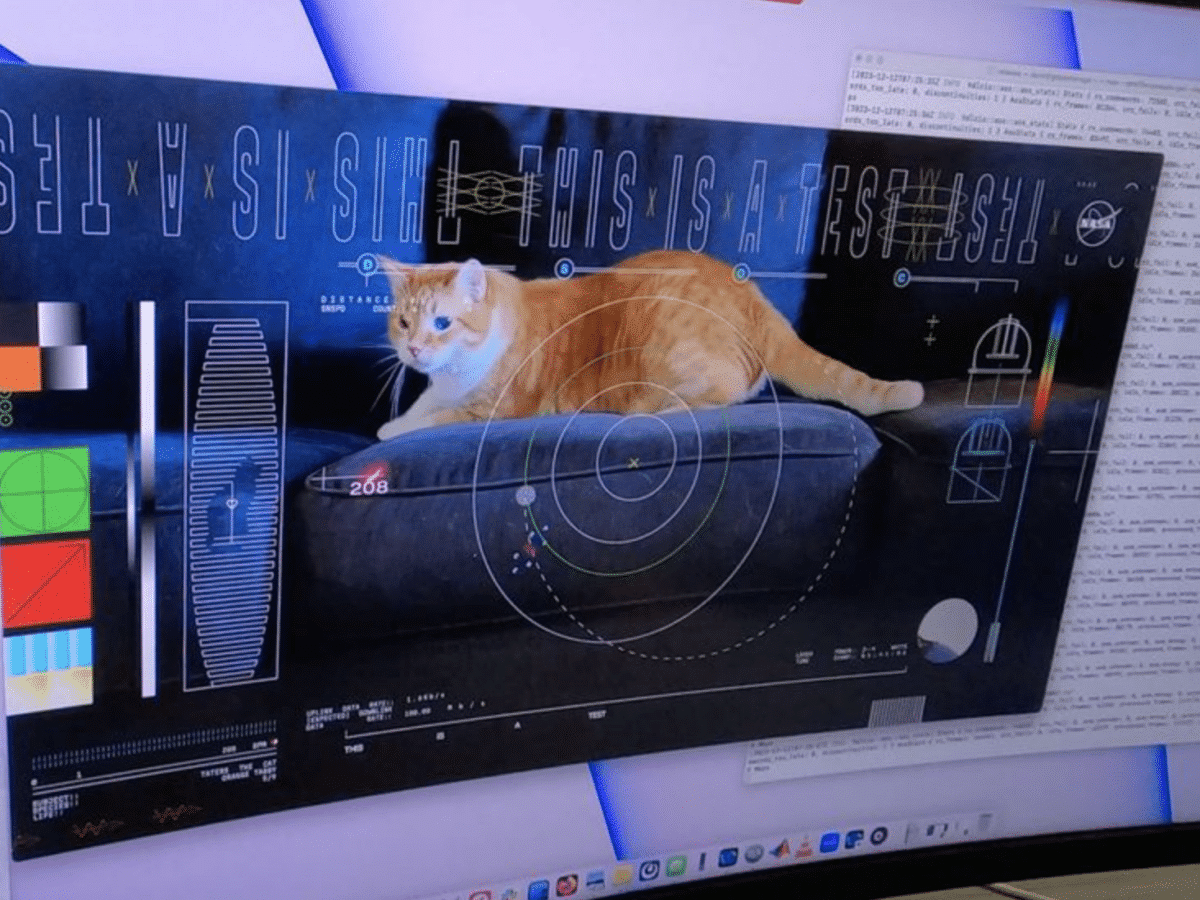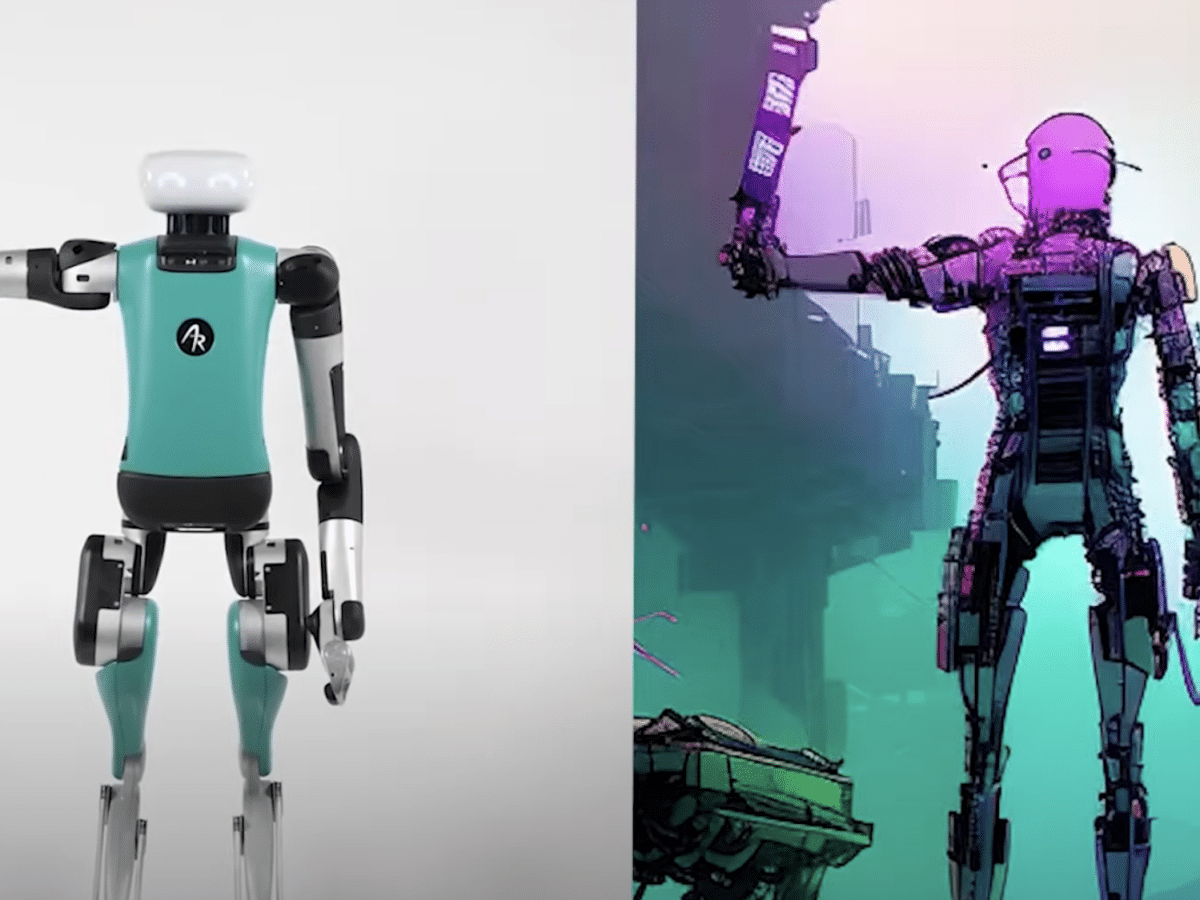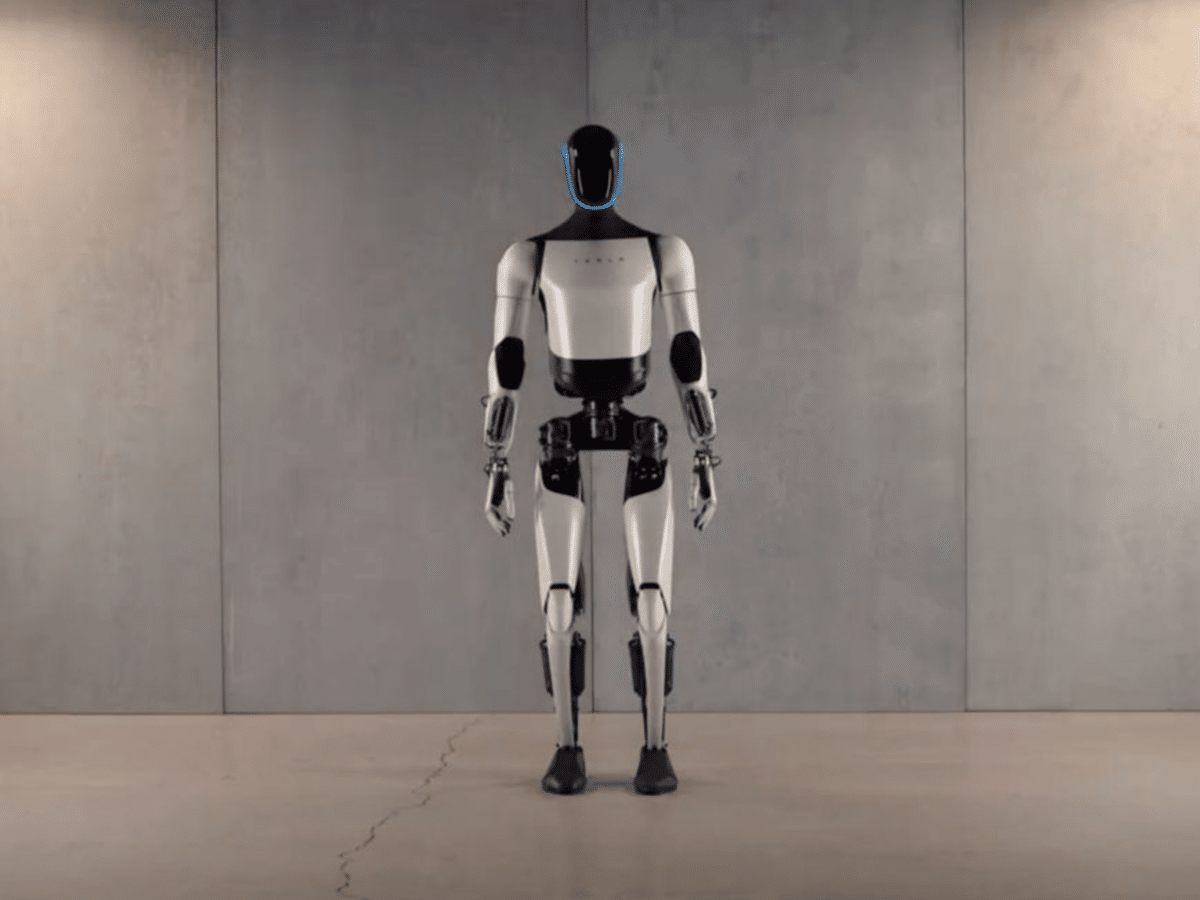On Monday, Sundar Pichai, CEO of Google and Alphabet, announced the launch of Google Bard—an experimental conversational artificial intelligence service. As expected, the unveiling of the chatbot was a direct response to the viral success and the rising dominance of ChatGPT.
Launched only in November, ChatGPT attracted 1 million users in its first week and over 100 million users after its second month. It has processed around 300 billion words from over 1 million conversations. Additionally, OpenAI was valued at $29 billion after the chatbot’s launch.With its fierce capacity and remarkable potential, ChatGPT has been dubbed the “Google Killer.” But Google was not one to take disruptions lightly. It issued a Code Red in December for AI priority and invested almost $400 million in Anthropic, a startup testing a rival tool to ChatGPT.
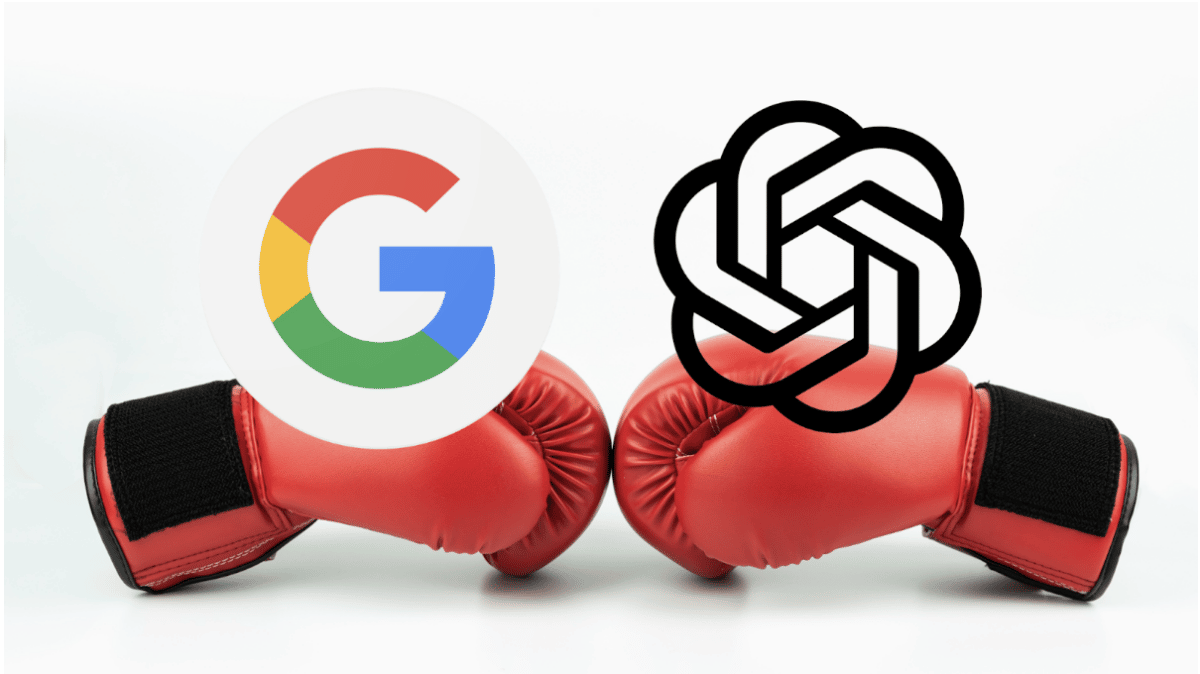
With Microsoft about to fortify its Bing search with GPT-4 and loading Teams Premium with GPT-3, Google has to protect its search business. By unveiling Bard, the AI war has begun. What does this mean, and who is coming out on top? This post details all you need to know.
The Rise of Search and Generative AI
Generative AI uses machine learning algorithms to generate new data, such as images, music, text, and others. It’s one of the most impactful technologies, according to Gartner’s Emerging Technologies and Trends Impact Radar for 2022 report. It’s seeing a surge in popularity and acceptance due to improved algorithms, larger datasets, and better scientific discoveries.
According to Acumen Research and Consulting, the global generative AI market size was USD 7.9 billion in 2021. It’s projected to occupy a market size of USD 110.8 billion by 2030, growing at a CAGR of 34.3%. The potential is vast because genAI can learn to mimic any data or content. It can be deployed in art, science, and business to drive new tools and solutions.
Internet search AI is a type of generative AI. Users expect fast search results when using a website or search engine. Google’s SVP of Infrastructure, Urs Hoelzle, explains that users are quick to click away if search results are slowed by even a fraction of a second. This is supported by research which shows that a 400ms delay leads to a 0.44 percent drop in searches.
As such, websites and search engines must provide fast and relevant results to keep users engaged. Using AI to rank and generate web pages, videos, and other content in search results is one of the ways to drive and improve engagement.
What Is ChatGPT?

ChatGPT is an AI-powered chatbot developed by OpenAI, a research laboratory focused on artificial intelligence. OpenAI made it available to the public on November 30, 2022. It’s based on the GPT-3 language model, which was trained using 300 billion words.
To use ChatGPT, all you have to do is type in your text and receive the information. It was used to generate 300-word versions of the State of the Union address for President Joe Biden. Companies like Meta, Canva, and Shopify incorporate it into their customer service. Likewise, China tops the list of countries in search for this bot, followed by Nepal and Norway, as demand spreads.
In recent times, Microsoft has been investing in OpenAI, the creator of ChatGPT. The tech company plans to integrate GPT-4, a faster version of ChatGPT, into Bing’s search engine. This move would make Bing more competitive with Google and could trigger new competition in internet search.
What Is Google Bard?
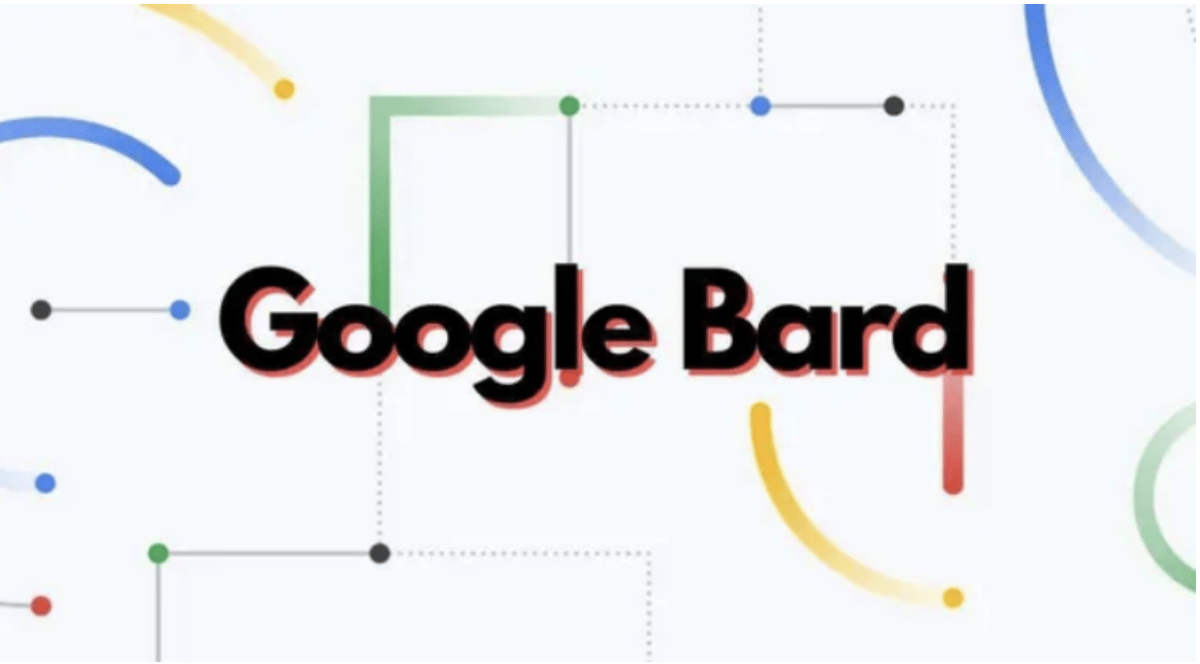
Google Bard is a conversational AI service developed by Google to provide accurate and high-quality answers to questions. LaMDA, a language model for dialogue applications, powers it.
Bard seeks to combine the breadth of the world’s knowledge with the power, intelligence, and creativity of Google’s large language models. It draws on information from the web to provide fresh, high-quality responses and is expected to compete with Open AI’s ChatGPT.
Google CEO Sundar Pichai has stated that Bard will be integrated with Google Chrome to process complex information and multiple perspectives into easy-to-digest formats. According to him, this will allow users to quickly understand the big picture and learn more from their queries.
Google Bard will be available to the public in the coming weeks, with beta testing currently underway. In addition to the AI service, Google is rolling out other AI-powered features in its search results soon, providing users with a new, more intuitive way to navigate and understand the web.
Similarities Between ChatGPT and Google Bard
There is no doubt that ChatGPT and Google Bard are direct competitors and substitutes. So, they have several features in common. Here is a table highlighting the similarities between them:
| Feature | ChatGPT | Google Bard |
| Purpose | Conversational AI | Conversational AI |
| Technology | Natural Language Processing | Natural Language Processing |
| Developer | OpenAI | |
| Database | Huge database of information | Huge database of information |
| Use Cases | Customer service, marketing, fun | Customer service, marketing, fun |
| Impact | Changing the way we interact with AI | Changing the way we interact with AI |
As the table shows, ChatGPT and Google Bard are conversational AI systems set to revolutionize the way we interact with technology. Both AI systems are designed for human-like conversations and use natural language processing to understand and respond to user inquiries.
These chatbots have access to a vast database of information, which they use to answer a wide range of questions. They are highly versatile and can be used in various industries, from customer service to marketing and even for personal entertainment.
In the near future, ChatGPT and Google Bard can potentially transform how we interact with AI. Their ability to understand and respond to natural human speech will make it easier for people to communicate with technology and access information. Whether we’re looking for customer support or want to have a conversation, these chatbots are changing the game.
As these AI systems continue to evolve, they will likely become increasingly sophisticated and human-like. In the end, we may find that we’re talking to chatbots just as much, if not more than we are to other people. This is a testament to the incredible progress in conversational AI and its impact on our lives in the years to come.
Differences Between ChatGPT and Google Bard
Google Bard and ChatGPT are unique, especially in their source of information, technology, and potential reach. Let’s take a closer look at these differences by plotting them in a table:
| Feature | Google Bard | ChatGPT |
| Source of Information | Internet | Data until 2021 |
| Technology | LaMDA (Language Model for Dialogue Applications) | GPT-3.5 |
| Number of Responses | More than 1 | 1 |
| Integration | API for developers | Open-source for customization |
| Potential Reach | Improved by access to real-time information | No internet access for responses |
The source of information is a crucial difference between the two. Google Bard draws on real-time information from the internet, while ChatGPT relies on data until 2021. This means that Google Bard can respond to questions with the most up-to-date information, while ChatGPT may not have access to the latest information.
In terms of technology and innovation, Google Bard uses LaMDA, while ChatGPT uses GPT-3.5. LaMDA is a supervised learning model that involves human AI trainers using model recommendations to create answers and train the model. This leads to a higher level of accuracy and human-like responses. On the other hand, GPT-3.5 uses unsupervised learning, meaning it learns from large amounts of data without any human intervention.
Google Bard is not open-source like ChatGPT, which means it lacks the customization and flexibility that ChatGPT offers. However, Google Bard is available for public testing, and its API is accessible to developers. ChatGPT, on the other hand, is open-source, which makes it possible to customize and modify the chatbot to suit specific needs.
In short, while both ChatGPT and Google Bard have their unique strengths and weaknesses, the choice between them will largely depend on the specific requirements of the user. Google Bard is more accurate due to its real-time access to information, while ChatGPT is more flexible due to its open-source nature. Whether it’s for personal use or business, both chatbots have a lot to offer.
What Do You Stand to Gain (or Lose) from Generative A.I?

Generative AI is here to revolutionize how businesses operate and society functions. However, with great power comes great responsibility. The accuracy of data annotation and the improvement in models, data, and computing capacity drive the growth of generative AI.
There are three types of generative AI models: supervised, unsupervised, and semi-supervised machine learning algorithms. These models have the potential to bring about exciting new advancements in technology, including powering gadgets and offering innovative solutions.
However, with the rapid development of generative AI, we must also consider its impact on the workforce. As machines become more capable, specific jobs will likely become obsolete, leading to job displacement.
On the other hand, internet consumers benefit from the competition between ChatGPT and Bard. Both services use AI and NLP to understand user queries, resulting in improved search results and more accurate natural language processing. As the two continue to compete, we can expect to see even better search results in the future.
In a nutshell, while there are potential gains from generative AI, it is essential to consider the possible consequences and work to mitigate any negative impacts. The development of generative AI should be approached with caution but also with a focus on the opportunities it presents.
The Search AI War: Google Bard vs. ChatGPT
The search AI war between Google Bard and ChatGPT is heating up, and the question on everyone’s mind is–who will come out on top? Both companies have poured significant resources into artificial intelligence, and they are ready to go head to head. But who has the advantage?
Google Bard has the edge of accessing the vast information available on the internet, making it a powerful tool for search queries. Meanwhile, ChatGPT has a current knowledge base as of 2021 and is integrated with Microsoft’s Bing search engine, which could give it a slight edge.
However, it’s too early to call the winner in this battle. Both Google Bard and ChatGPT are equipped with advanced AI technologies, and they are well-prepared to tackle the challenges that come their way.
What’s certain is that the search AI war is a fight for the future of search. With AI becoming an increasingly integral part of our lives, the competition between Google Bard and ChatGPT will only continue to heat up. It remains to be seen who will come out on top, but one thing is for sure–the future of search is looking bright, and AI will play a significant role in shaping it.

